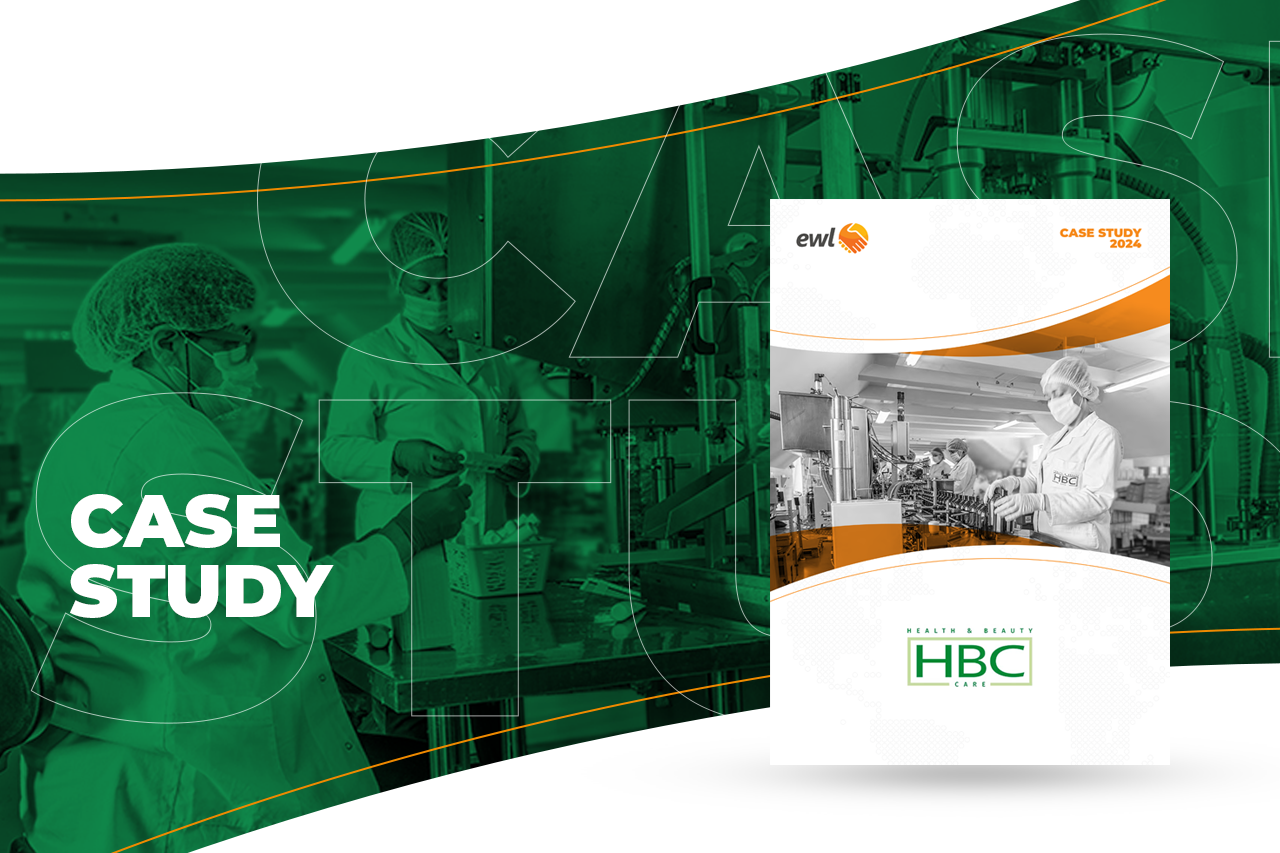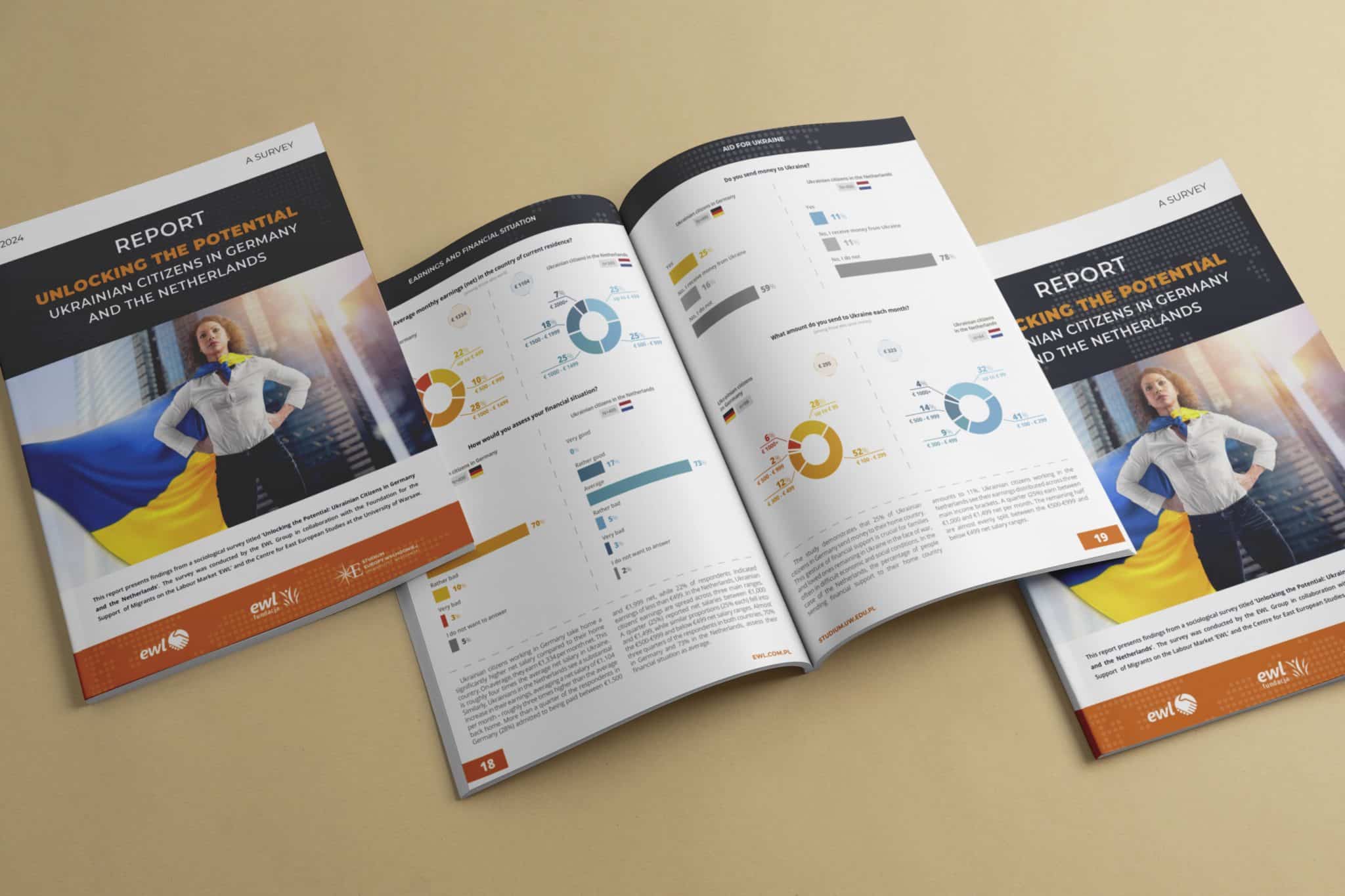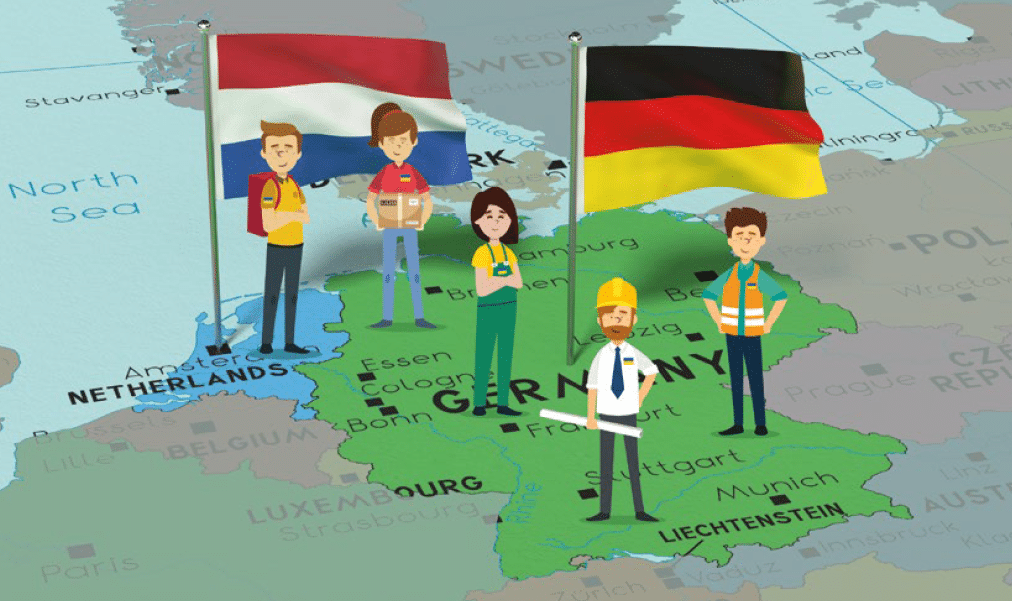
Pandemic-driven changes have led to an increase in the popularity of remote work. Many companies have introduced it on a permanent basis or until further notice. Others have opted for rotating-shift systems that combine both, remote and stationary models, while ensuring adequate sanitation and safety measures for employees.
A rotating-shift system – what is it?
Rotating shifts have until recently been identified mainly with production companies. This model ensures the continuity of work by introducing work shifts, which optimizes production processes and increases the efficiency of the entire production process. In connection with the sanitary crisis caused by the pandemic, the rotating-shift system has gained popularity also in other industries, and the specifics taken from production have found application in office work. The difference is that it is often voluntary and less regular in nature.
Rotating shift work during the pandemic
Rotating shift work introduced in connection with the pandemic varies depending on the sector and the type of business. The introduced models are most often based on the idea of coworking and virtual offices, concepts in the field of management that emerged already in the early 1990s. What does this system look like in the age of the pandemic?
The most common model is the one in which the rotating-shift system is introduced in the company. Thanks to this solution there are fewer people in the office and it is easier to maintain safe distance. Employees usually reserve rooms where they perform their duties and tasks. The office is also used as a place for meetings with clients. For the rest of the time employees work from home.
Rotating shifts – what are the benefits for companies?
Rotating shift work is a solution that works well in the industrial sector for obvious reasons. A production line worker who finishes a shift is replaced by someone who continues their work, making the process continuous and more efficient.
In the case of office work, the introduction of rotating shift work has a different purpose. It is primarily the protection against pandemics, i.e., care for human resources belonging to a given company. This applies especially to large corporations, where sometimes even dozens of people work in open spaces. Companies therefore decide to introduce limits, in which on a given day only X number of employees can be on one floor at the same time.
For smaller companies, rotating shift work will also mean large savings related to the rental of office space. It also creates an opportunity to raise the standard of the office premises. A smaller office may be cheaper and at the same time offer greater work comfort and a better or more prestigious location.
Rotating shift work is also part of the struggle to find employees. Many people, fearing for their health or valuing the convenience of remote work, are very reluctant to return to the stationary model. Therefore, the introduction of rotating shift work will allow to prevent turnover among employees.
The rotating-shift system – is it really the right solution?
The introduction of rotating shift work will mean that companies can improve the standard of their office, ensure the safety of their employees and allow them to choose the preferred working model. A partial return to the office often leads to increased efficiency associated with the change of environment and escape from the monotony.
However, it should be borne in mind that the introduction of rotating shift work will create management challenges and will require better communication on the part of the employees. The effectiveness of such a model largely depends on the company’s organizational culture and the remote work solutions and tools it has provided for its employees.








